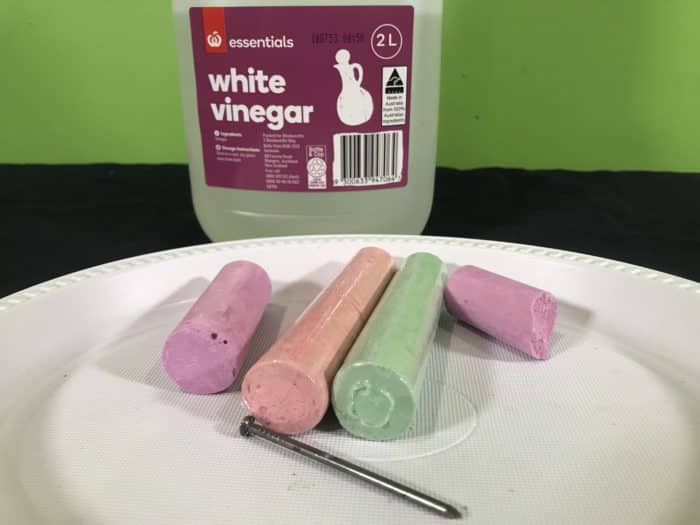
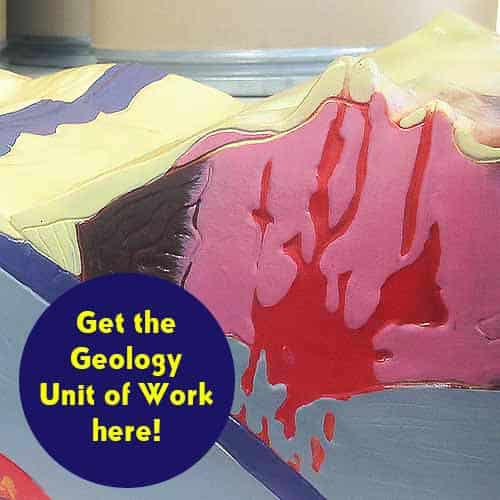
Get the Unit of Work on Geology here!
- The Earth’s layers, the rock cycle, volcanoes, earthquakes & more!
From soil science to mineral testing, these hands-on experiments your students will discover the importance of natural resources and the role of plate tectonics in shaping our world.
Includes cross-curricular teaching ideas, student quizzes, a sample marking rubric, scope & sequences & more
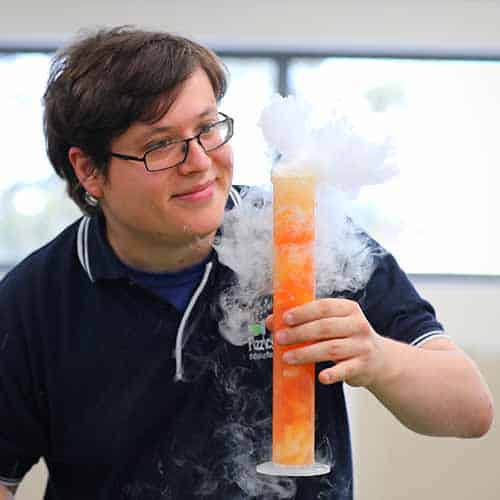
School science visits since 2004!
– Curriculum-linked & award-winning incursions.
– Over 40 primary & high school programs to choose from.
– Designed by experienced educators.
– Over 2 million students reached.
– Face to face incursions & online programs available.
– Early learning centre visits too!
Why Does This Happen?
Chalk is made up of a type of limestone, a compound made of Calcium and Oxygen. Chalk is formed by the shells of microscopic marine organisms, often containing fossils from ancient seabeds. Vinegar reacted with the chalk to produce Carbon Dioxide gas, water and an aqueous compound.
2CH3CO2H(aq) + CaCO3(s) > 2Ca(CH3CO2)2(aq) + CO2(g) + H2O(l)
Limestone caves are formed when the limestone itself is dissolved by weak acids present in groundwater. This process occurs over many years and can eventually lead to forming massive formations as seen in the Jenolan Caves.
A similar process occurs when acid rain touches marble statues, this is a major issue in historic areas.
Variables to test
- Try using lemon juice as the acid instead of vinegar.
- With your science teacher’s supervision and safety glasses & PPE, try stronger acids
From the rock cycle to volcano formation, we’ve got your geology unit covered!
Get in touch with FizzicsEd to find out how we can work with your class.
Geology Rocks!
Years 1 to 6
Maximum 30 students
School workshop (NSW & VIC)
60 or 90 minutes
Online Class Available
Geology Rocks!
Years 1 to 6
Maximum 30 students
School workshop (NSW & VIC)
60 or 90 minutes
Online Class Available
STEM Full Day Accelerator - Primary
Designed from real classroom experiences, this modular day helps you create consistently effective science learning that directly address the new curriculum with easily accessible and cost-effective materials.
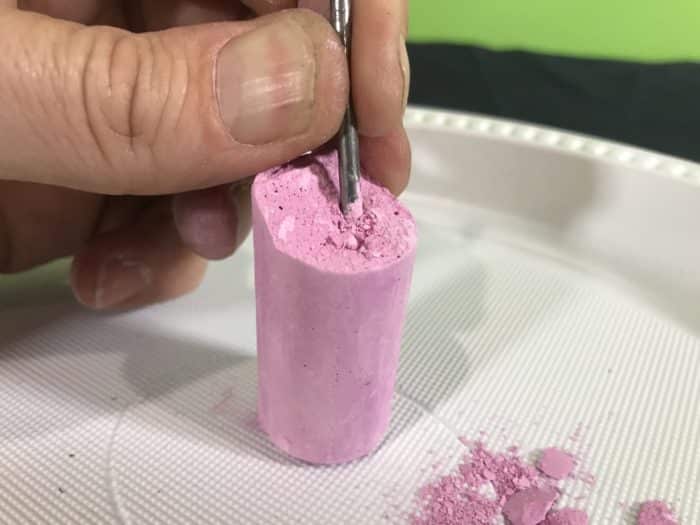
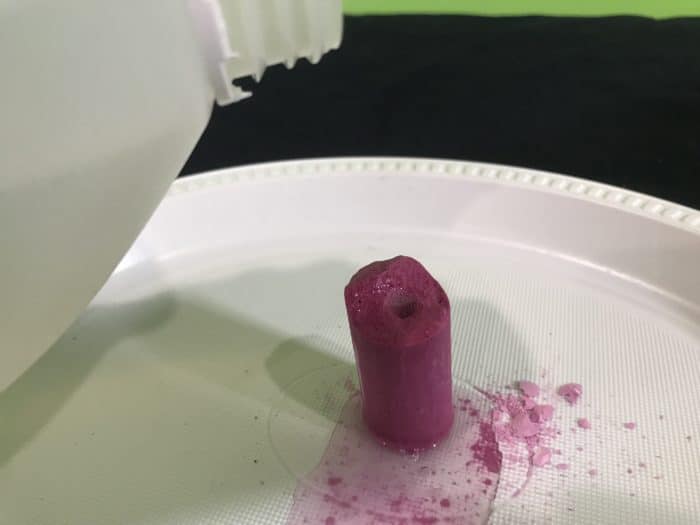
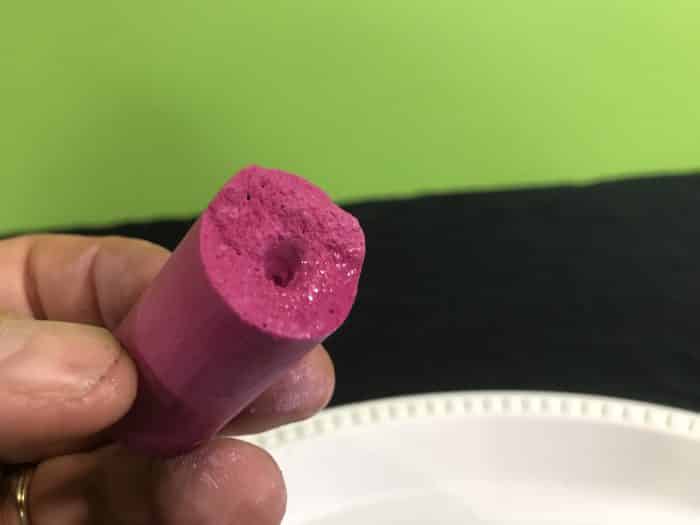
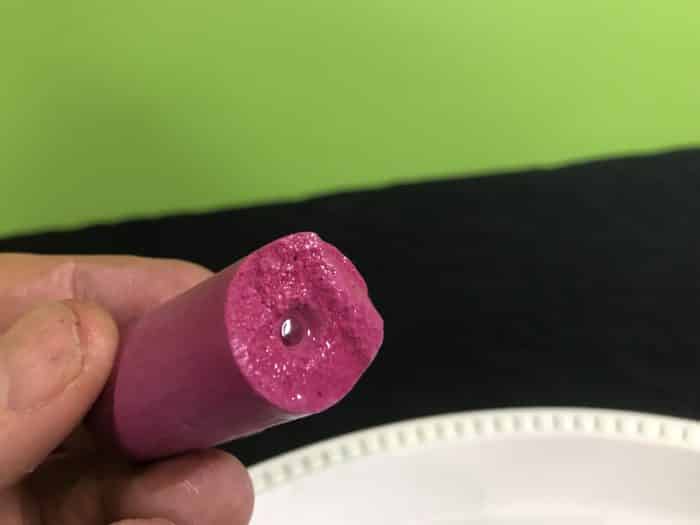
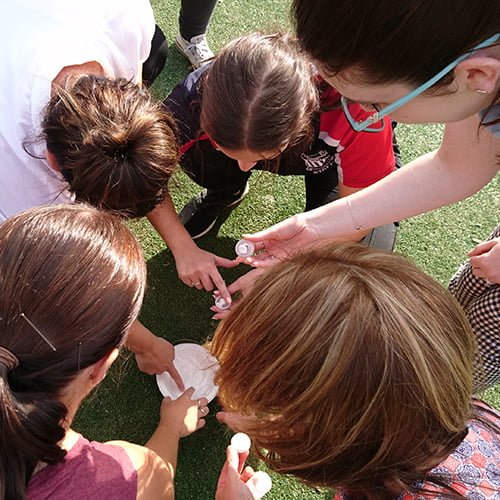

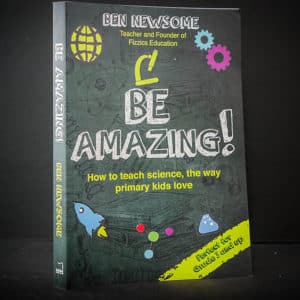

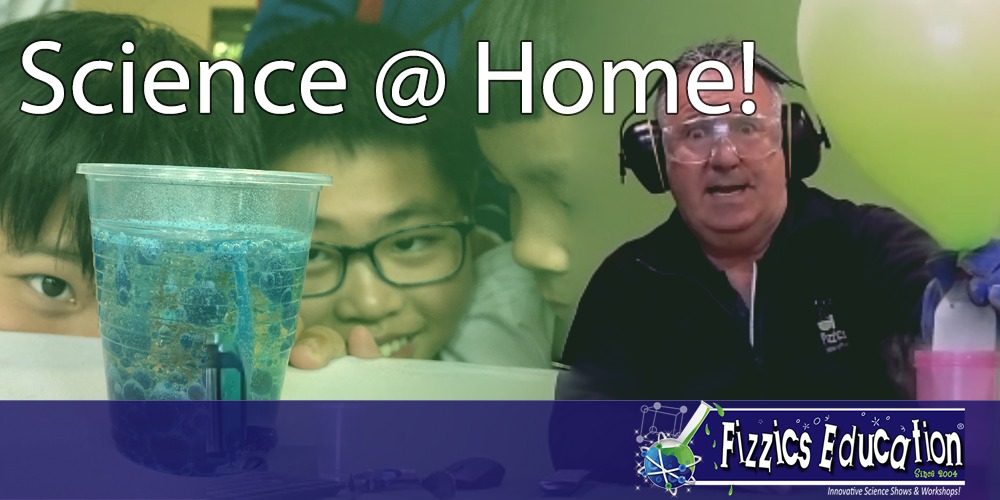

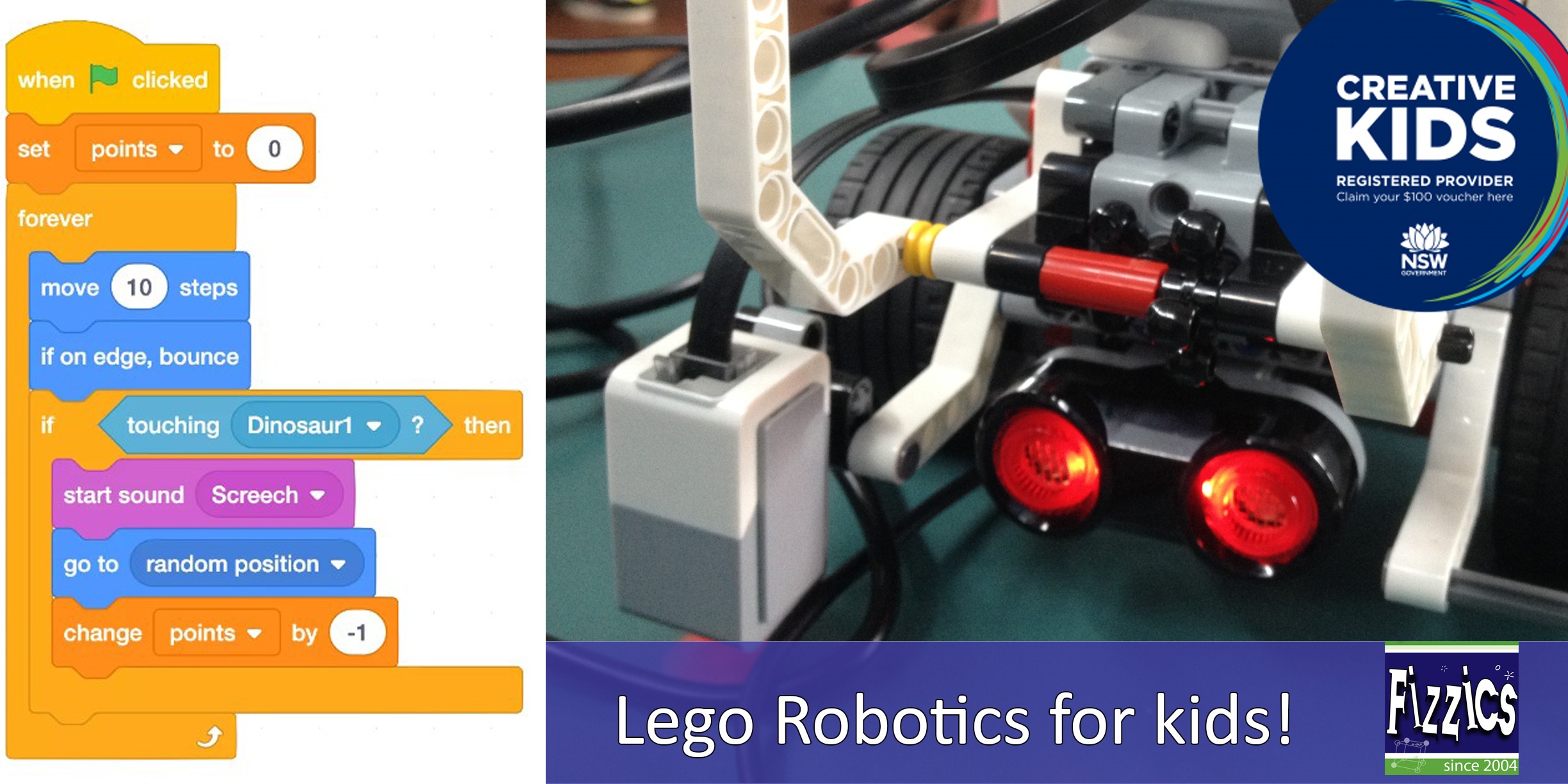
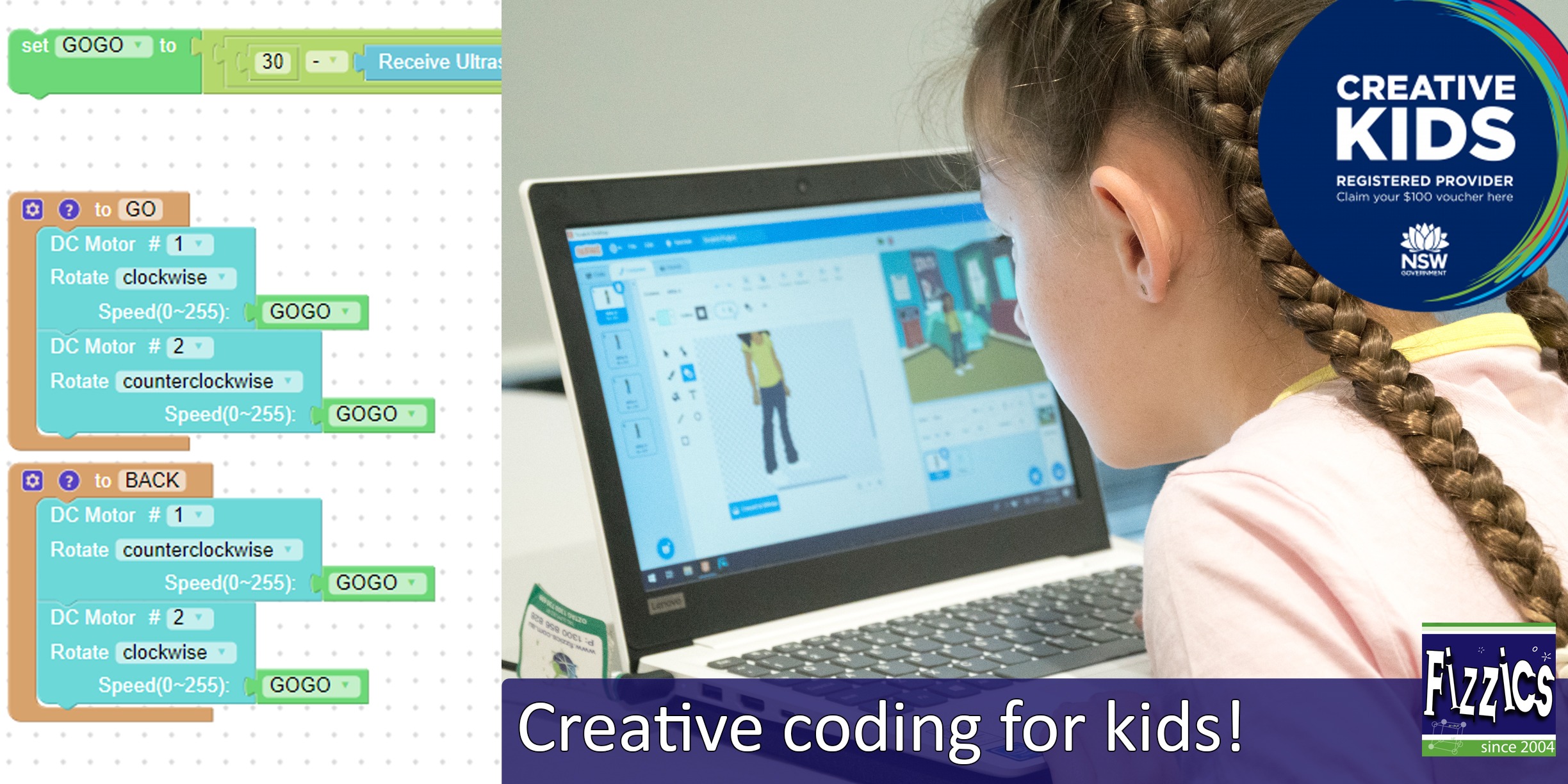
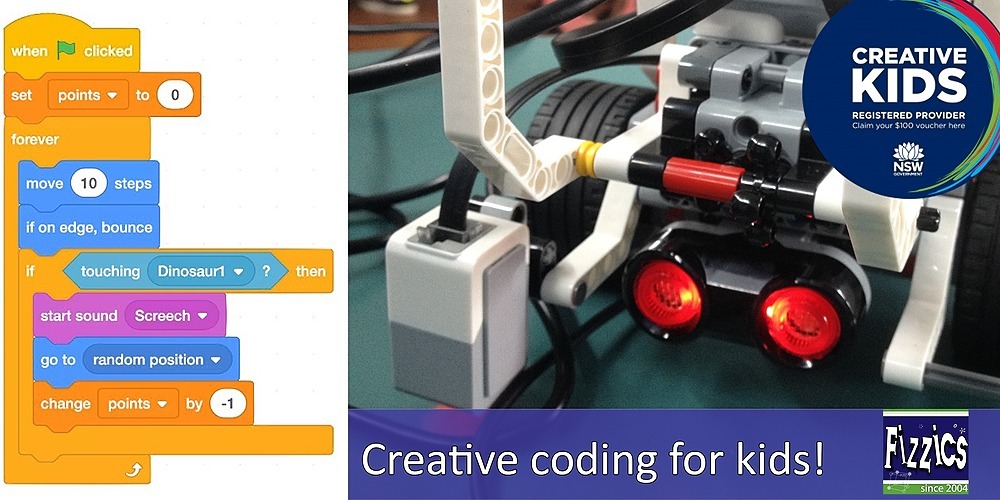
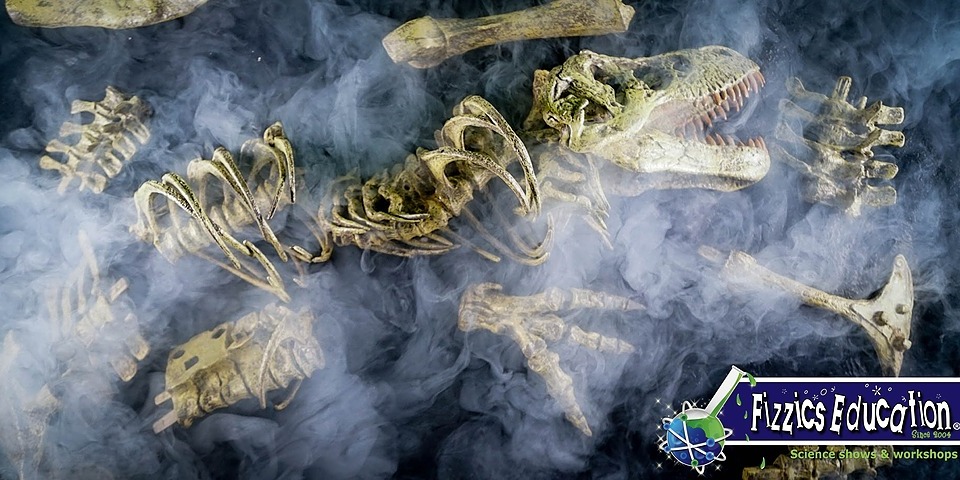


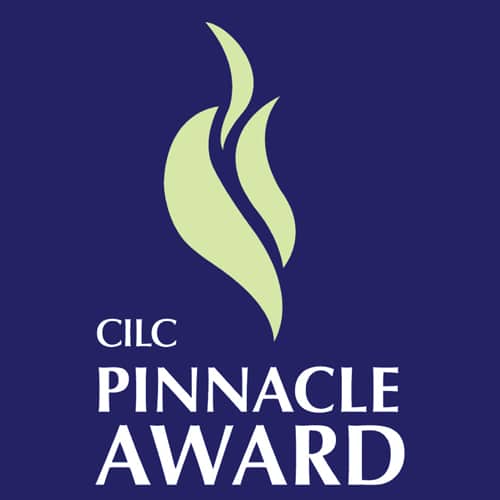

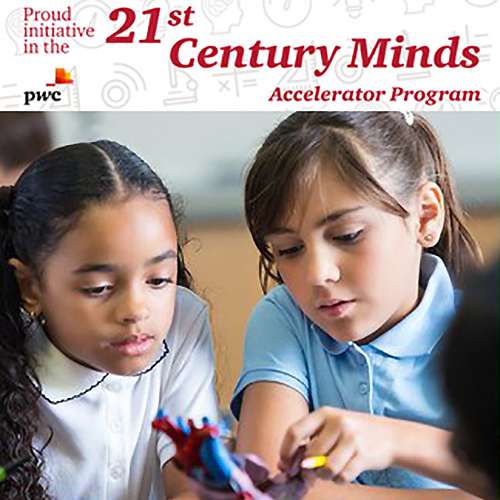
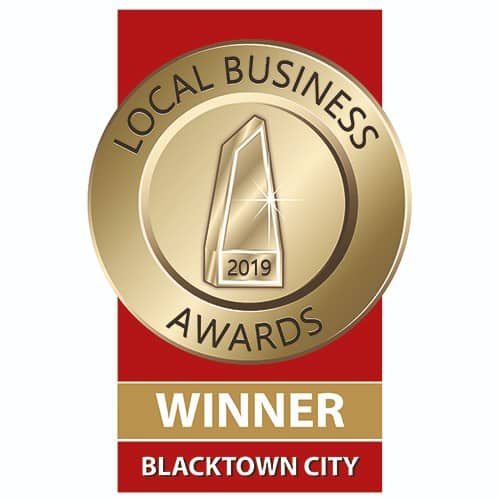





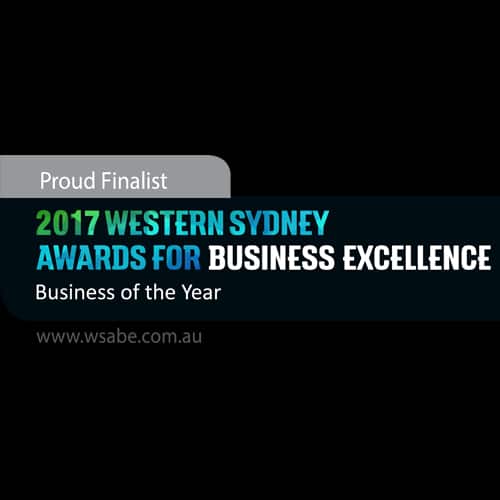
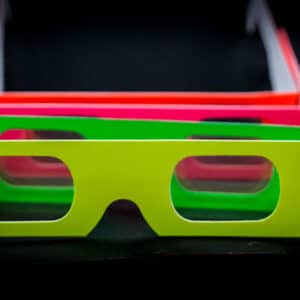
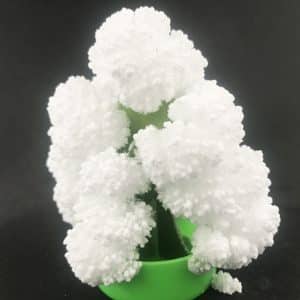


Comments